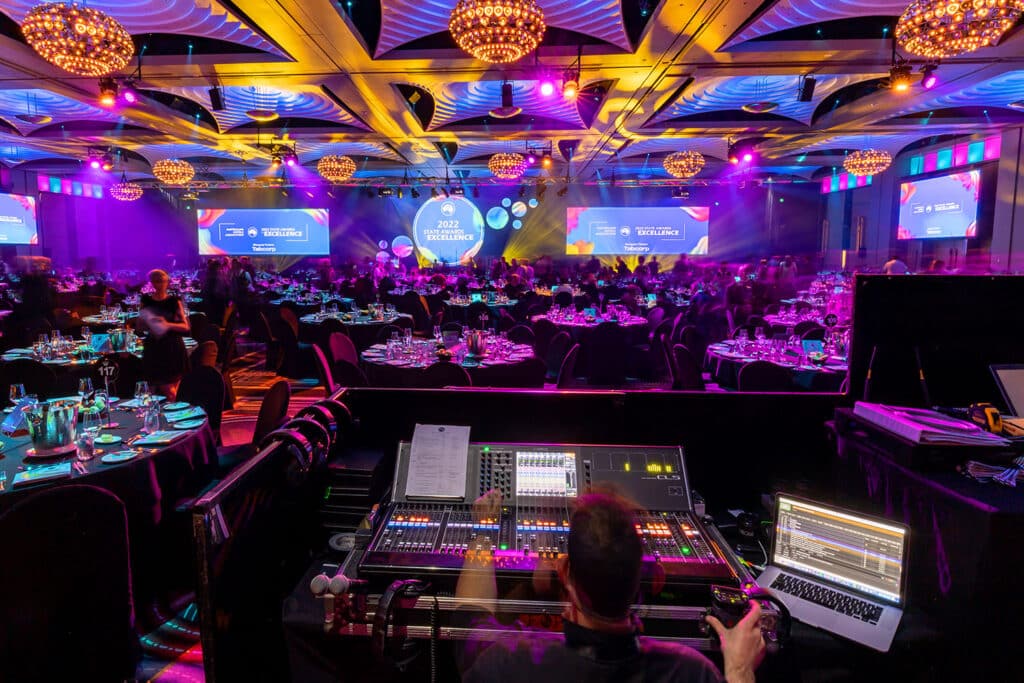Overcoming Obstacles in the Craft of Visual Projection Projection Mapping Execution
Wiki Article
Visual projections mapping is an innovative method that transforms common surfaces into dynamic presentations. This technique allows creators and designers to cast visuals and footage onto objects like structures, sculptures, or theaters, creating an immersive aesthetic experience. However, despite its capabilities, executing video projection mapping successfully comes with several challenges. Understanding and overcoming these hurdles is crucial for anyone seeking to create memorable projection art.
One of the primary difficulties in video projection mapping is ensuring that the displayed image matches accurately with the surface. This process, known as "mapping," demands precise calculations and figures. If the display is not aligned properly, the visuals can look warped or off. To address this problem, artists often use specialized software that assists in mapping the visuals to the object's size. Moreover, conducting thorough tests before the ultimate projection can help identify any misalignments and enable for adjustments to be made.

Another significant challenge is the different brightness and hue of the projected visuals. Different surfaces respond differently to illumination, which can affect how the colors look once projected. For instance, a pale surface will bounce brightness differently than a deep one. To overcome this, creators must think a fantastic read about the surface properties before choosing the hues and light levels for their projections. Testing the projection on the actual surface during the preparation phase can provide valuable understanding into how the ultimate presentation will appear.
Technical difficulties can also pose a challenge in video projection mapping. Issues such as equipment failure, software glitches, or connectivity problems can disrupt the entire production. To minimize these threats, it is essential to conduct thorough equipment inspections and have backup plans in position. This can comprise having additional cables, projectors, and even alternative software choices ready to go. Being prepared for technical issues can ensure a smoother execution of the display.
Finally, viewers' engagement is an important aspect of video projection mapping. While the graphics are key, how the audience interact with the presentation can make a big difference. Creators must think about how to design their projections to captivate viewers’ attention and encourage interaction. This can involve incorporating elements that encourage engagement or create a narrative that resonates with the audience. Gathering feedback from test viewers can also help enhance the show to improve engagement.
In summary, addressing challenges in video projection mapping requires meticulous preparation and innovation. By tackling the issues of matching, luminosity, technological issues, and audience engagement, creators can produce spectacular and impactful projections. With the appropriate strategies in position, video projection mapping can change click to read more common areas into remarkable encounters, engaging viewers and creating a memorable impact.